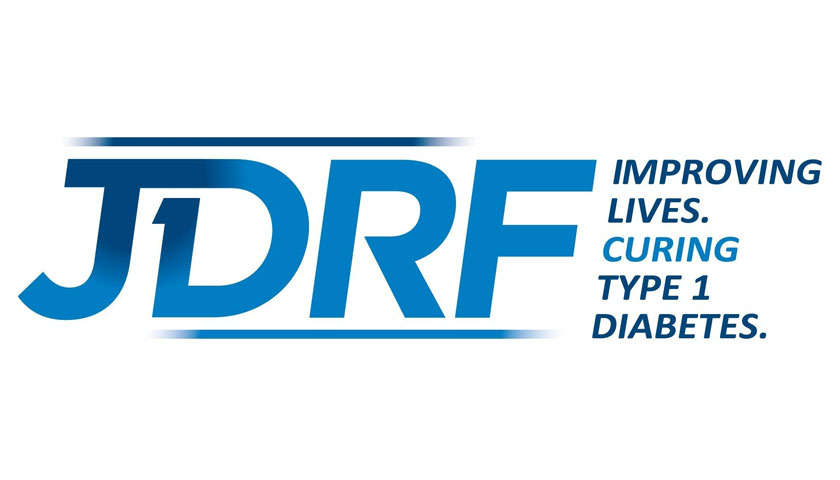JDRF, the leading global organization funding type 1 diabetes (T1D) research, is commemorating National Diabetes Awareness Month (NDAM) this November by raising awareness of T1D and the urgent need to accelerate life-changing breakthroughs to cure, prevent and treat T1D and its complications.
JDRF has changed the way people live with T1D and this year, is launching a new campaign titled “I’m the Type” to spread awareness about the need to drive T1D research forward while celebrating the inherent strength and resilience of individuals affected by T1D. Visitors to ImtheType.com are invited to share their personal story, use a variety of campaign social media filters, take actions on behalf of the T1D community by joining JDRF’s advocacy efforts, and use the “T1D Footprint Generator” to help others understand the cumulative burden of living with the disease.
Additionally, to highlight significant research and therapy advances, visitors can use the newly launched “T1D Treatment Throughout the Years Timeline” to see what living with T1D was like in a particular year and learn more about JDRF’s work to unlock generations of T1D research.
“Life with type 1 diabetes can mean constant monitoring and management,” said Derek Rapp, JDRF president and CEO. “A strong, educated community that understands the needs of people with living with T1D makes a tremendous difference in people’s lives every day. At JDRF we strive to ensure that the burdens of T1D are not life-long and are hard at work to prevent the disease in future generations. Until we find a cure, we are working to make life with T1D safer and easier for individuals and families facing this disease.”
More money is being spent on T1D research than in any other time in history, and for every dollar JDRF invests, an additional $2.50 is brought into the field.
T1D is a chronic, life-threatening autoimmune disease that can strike children and adults at any age. It requires rigorous 24/7 monitoring of blood glucose levels—even overnight—to avoid potentially lethal highs and lows in blood sugar, as well as other devastating complications like kidney, eye and nerve diseases. While its causes are not yet entirely understood, scientists believe that both genetic factors and environmental triggers are involved. Its onset is sudden and is not related to diet or lifestyle. In T1D, the body’s immune system destroys cells in the pancreas that produce insulin, meaning the body produces little to no insulin to regulate blood sugar and get energy from food. There is nothing you can do to prevent T1D, and—at present—nothing you can do to get rid of it.
To learn more about T1D and JDRF’s commitment to a cure, please visit www.jdrf.org.

